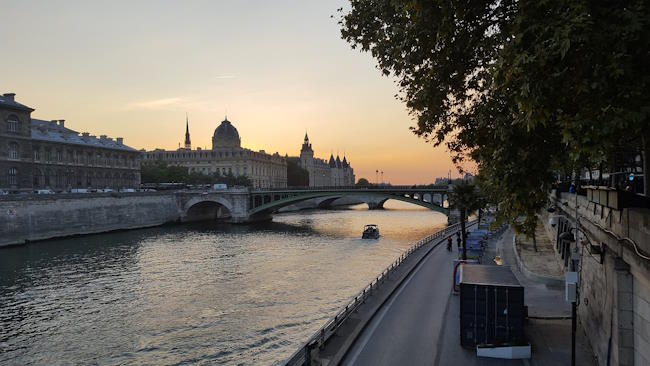As a passionate admirer of Impressionist art, living in Paris feels like a dream come true. With incredible collections housed in the Musée d’Orsay, the Musée de l’Orangerie, and several other notable institutions, the city is a treasure trove for lovers of this artistic movement. While Claude Monet often steals the spotlight (and deservedly so), I hold a deep appreciation for another master of the genre—Camille Pissarro.
There’s something magical about gazing at a painting of Paris that transports you straight to its cobblestone streets. Even if you’re not planning a trip to the City of Light anytime soon, here are 10 captivating facts about The Boulevard Montmartre at Night by Camille Pissarro to immerse yourself in the beauty and history of this Impressionist gem.
1. Camille Pissarro Was a Foundational Impressionist
Camille Pissarro played a vital role in the Impressionist movement. Born in 1830 on the island of St. Thomas—then part of the Danish West Indies, now the US Virgin Islands—Pissarro moved to Paris at 25 to pursue a career in art.
He studied under early pioneers like Gustave Courbet and Jean-Baptiste-Camille Corot, and became close peers with Claude Monet and Paul Cézanne. As the eldest among them, Pissarro was seen as a mentor and source of inspiration. Notably, he was the only artist to participate in all eight official Impressionist exhibitions in Paris between 1874 and 1886.
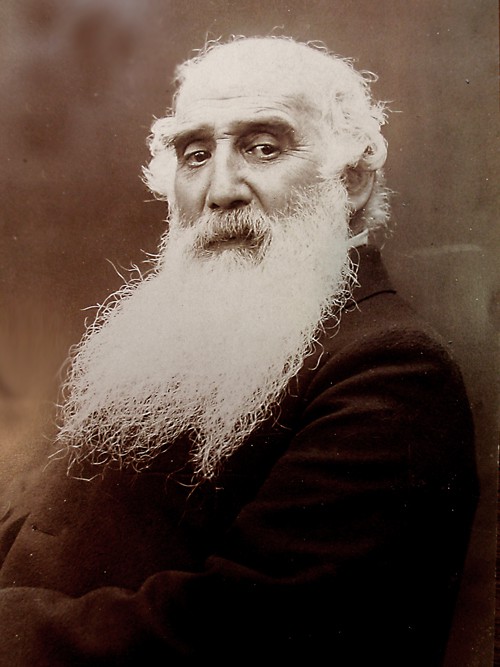
2. The Painting Is Part of a Larger Boulevard Montmartre Series
The Boulevard Montmartre at Night is just one of 14 paintings Pissarro created of the same Parisian street. The entire series captures different times of day and varying weather conditions, showcasing his mastery in portraying atmosphere and light.
Interestingly, Pissarro painted all of these works from his hotel window at 1 rue Drouot during an eight-week stay in 1897. Completing 14 works in just two months is a testament to his dedication and skill.
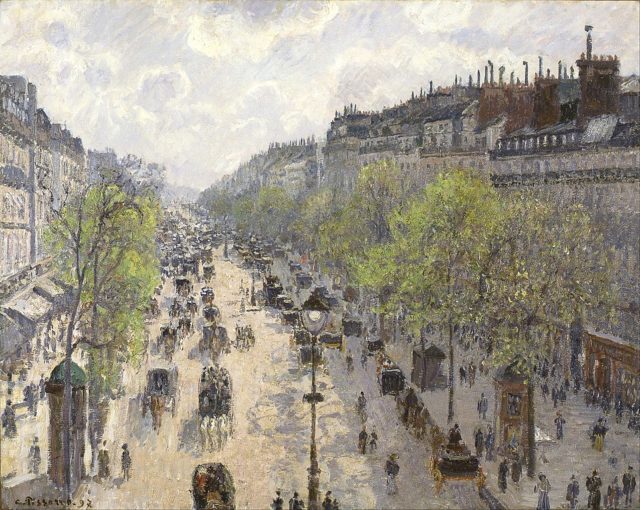
3. Pissarro Took Inspiration From Monet’s Series Paintings
Though Monet admired Pissarro, the Boulevard Montmartre series likely took a cue from Monet’s own explorations of repeated subjects. Monet’s Rouen Cathedral series (1892–1894) and Gare Saint-Lazare series (1876–1878) both examined how light and time of day altered the mood and composition of the same location.
Pissarro adopted a similar concept for Boulevard Montmartre, emphasizing a core principle of Impressionism: how light transforms perception.
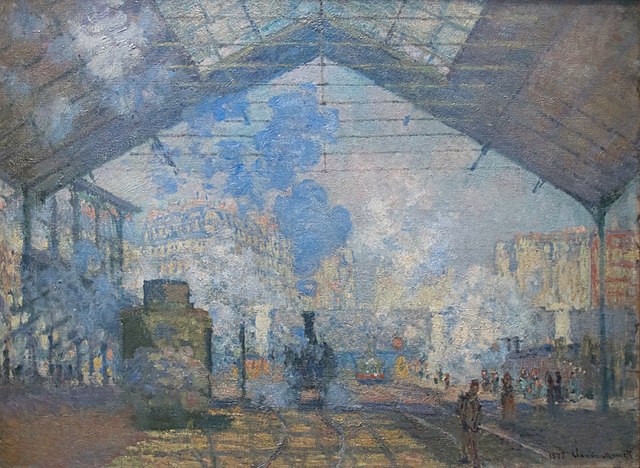
4. Pissarro Was Primarily Known for Rural Landscapes
Despite the acclaim The Boulevard Montmartre at Night has received, cityscapes were a rarity in Pissarro’s portfolio. Most of his oeuvre focused on tranquil countryside scenes.
Well-known works such as The Hay Cart (1879) and Orchard in Bloom (1872) illustrate his deep connection to nature. The Boulevard Montmartre series stands out as one of the few instances where he turned his attention to urban life.
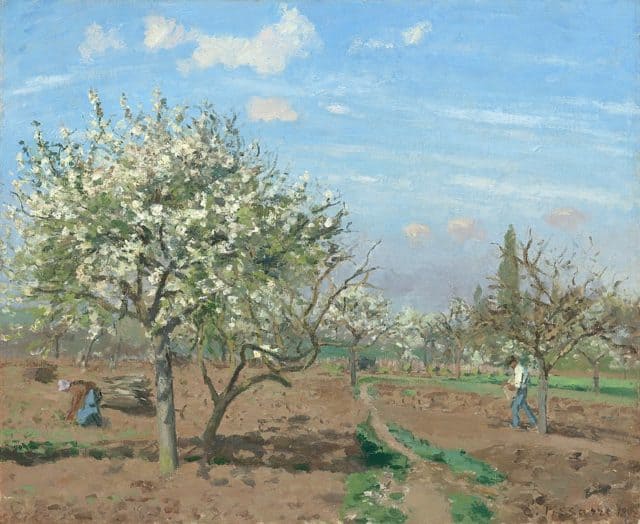
5. He Was a Pioneer of Plein-Air Painting
Together with Claude Monet and Alfred Sisley, Pissarro was instrumental in developing the plein-air painting technique. This approach emphasized painting outdoors to capture natural light, movement, and atmosphere in real-time.
Anyone who has visited Monet’s famous gardens in Giverny has seen the kind of immersive environment that inspired plein-air masterpieces.
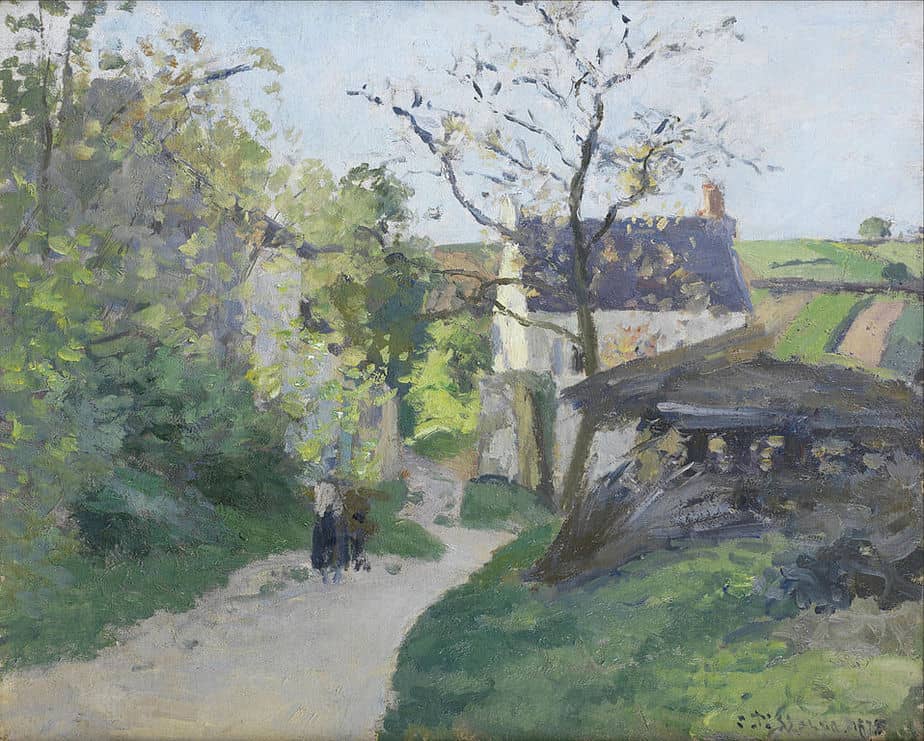
6. Health Issues Forced Him to Work Indoors Later in Life
Unfortunately, in his later years, Pissarro suffered from eye problems that made it difficult for him to continue painting outdoors. As a result, he adapted his process, choosing to paint Parisian scenes from inside a hotel room instead.
Despite this limitation, his ability to capture vibrancy and life through a windowpane remained as powerful as ever. The Boulevard Montmartre series exemplifies how he overcame physical challenges without compromising artistic quality.
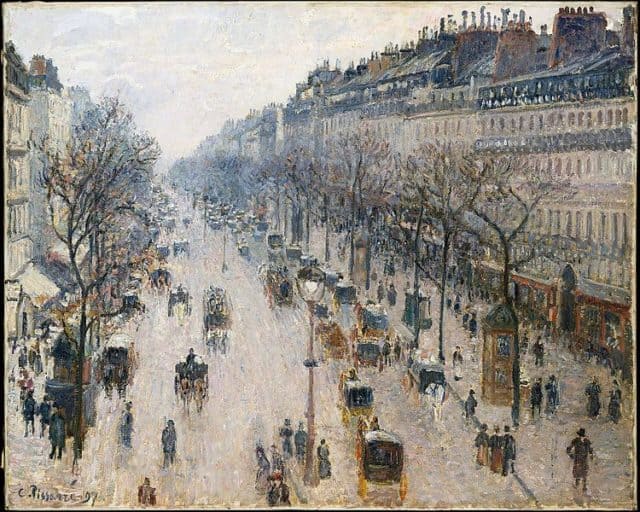
7. The Painting Reflects Haussmann’s Parisian Transformation
The Boulevard Montmartre at Night also provides a visual record of Paris’s dramatic transformation in the late 19th century. Under Napoleon III and Baron Haussmann, the city underwent a major urban redesign, replacing narrow medieval streets with broad boulevards and grand architecture.
This painting captures the essence of that new Paris—sleek, spacious, and structured. The iconic Haussmannian buildings lining the boulevard are still part of the city’s architectural identity today.
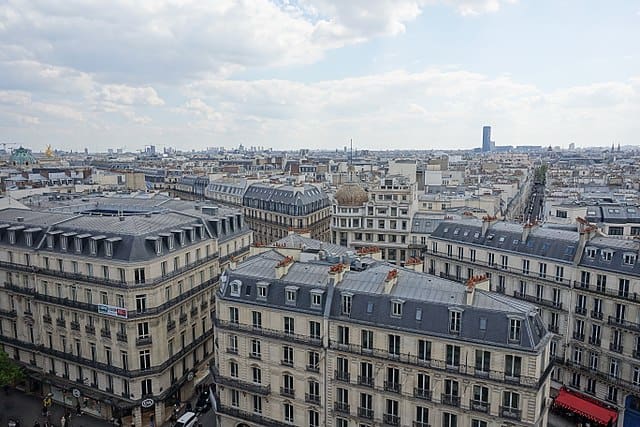
8. A Subtle Nod to Moulin Rouge Is Hidden in the Scene
Look closely at the painting, and you’ll notice a row of carriages lined up on the left. These were likely waiting for patrons of the nearby Moulin Rouge, a legendary cabaret located just around the corner.
This subtle detail not only helps orient the viewer geographically, but also hints at the bustling nightlife and vibrant culture of turn-of-the-century Paris.
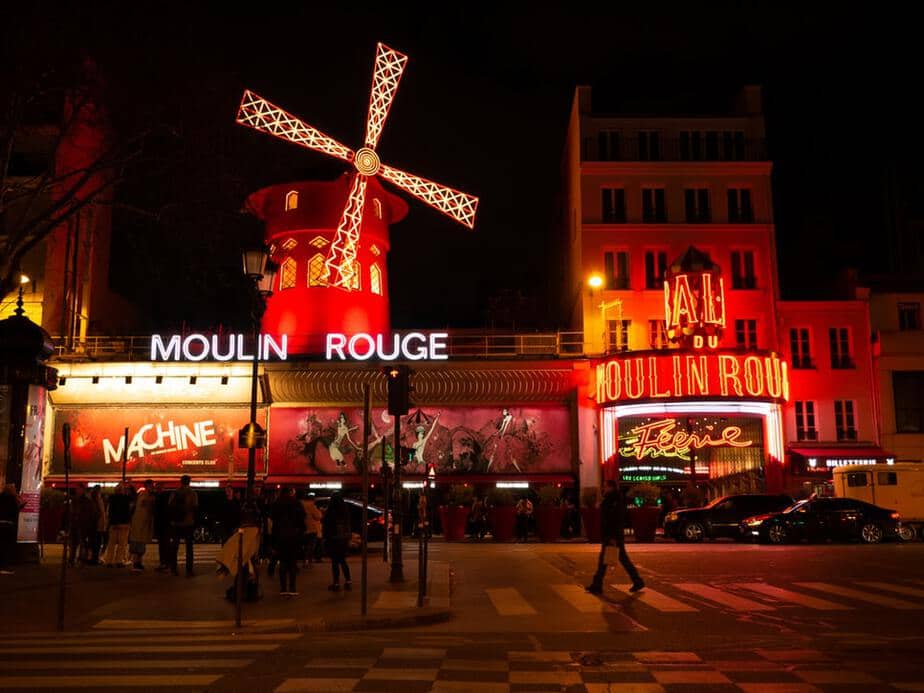
9. It’s the Only Night Scene in the Entire Series
Among the 14 Boulevard Montmartre paintings, The Boulevard Montmartre at Night is the sole nocturnal depiction. This makes it a standout piece, celebrated for its masterful rendering of light and shadow.
The shimmering reflections on rain-slicked streets, glowing gas lamps, and softly lit shop windows create a dreamy, atmospheric scene that captures the spirit of nighttime Paris with rare beauty.
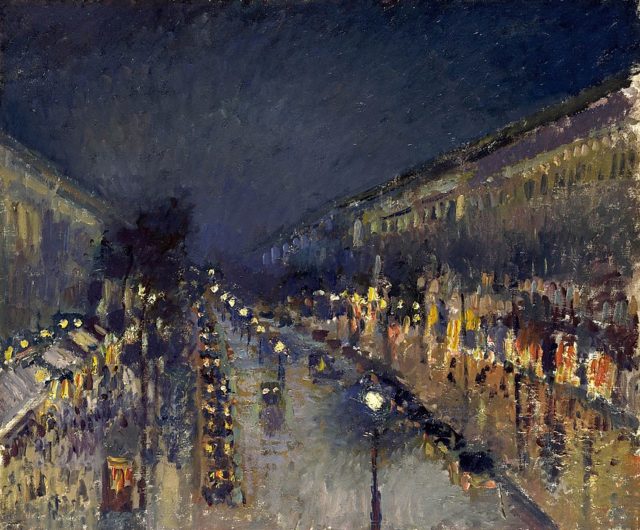
10. You Can See It at the National Gallery in London
You might assume this stunning painting is displayed in a Parisian museum—but it’s actually housed at the National Gallery in London. Art lovers hoping to see it in person will need to make the trip across the Channel.
It’s well worth it: viewing this piece up close allows you to truly appreciate the intricate brushwork and subtle interplay of color and light.
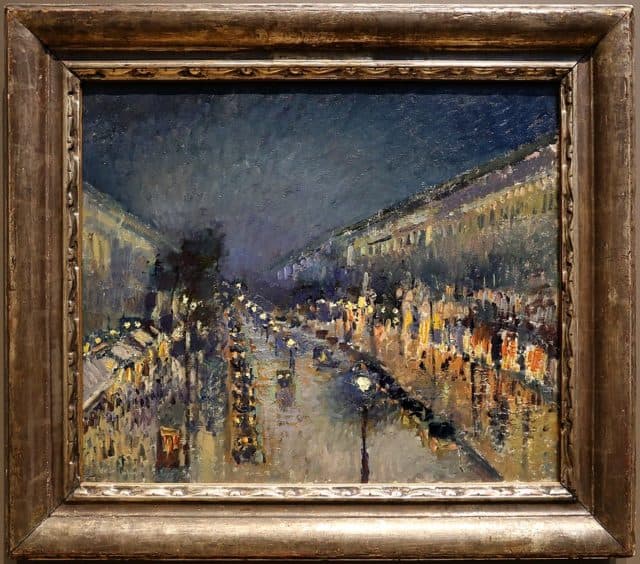
Final Thoughts
Now that you’ve discovered more about Camille Pissarro, the Impressionist movement, and the fascinating story behind The Boulevard Montmartre at Night, you’ve taken a big step toward deepening your appreciation for this genre of art.
Want to dive even deeper into the world of French artists? Consider joining one of our art-themed walking tours in Paris. Click here to explore our offerings and reserve your spot!



